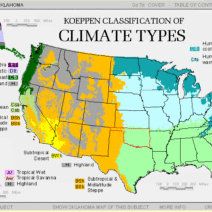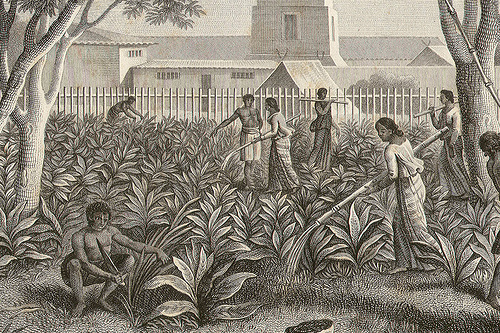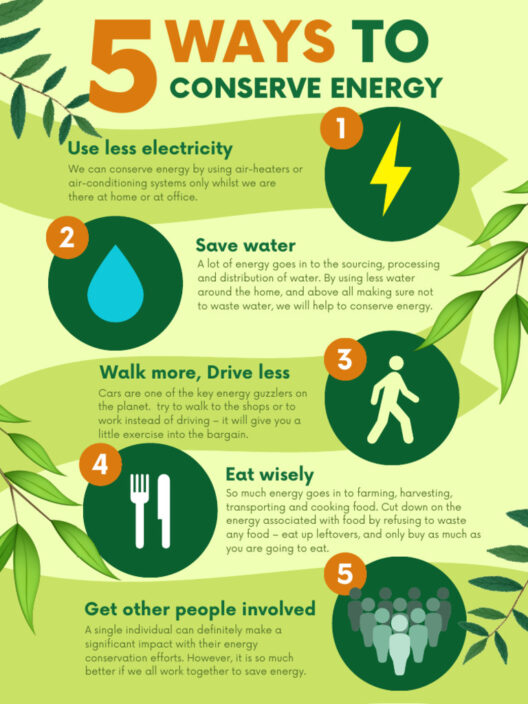The Southern Colonies, comprising Maryland, Virginia, North Carolina, South Carolina, and Georgia, experienced a climate that was distinctly varied yet consistent within its warm temperate zone. Predominantly characterized by a humid subtropical climate, the weather patterns greatly influenced both the agricultural practices and the lifestyle of the inhabitants in these regions. Understanding this climate offers a window into the lives of early American settlers and their relationship with the environment.
The Southern Colonies were graced with a long growing season, which typically extended from late March to early November. This climatic advantage allowed for the cultivation of staple crops such as tobacco, rice, and indigo. The region’s climate, with its abundant sunlight and adequate rainfall, created an ideal setting for agricultural expansion, which became a defining element of life in the colonies. Farmers thrived, and plantations became a hallmark of the Southern landscape.
One of the most compelling aspects of the Southern Colonies’ climate was its humidity. The proximity to the Atlantic Ocean and the numerous rivers and wetlands contributed to a high humidity level, particularly in the summer months. This humidity could be quite oppressive, causing discomfort among the colonists. However, it also played a crucial role in the fertility of the soil. The lush, dense vegetation was nourished by the moisture-laden air, leading to rich, productive farmlands.
Weather patterns in the Southern Colonies were marked by distinct seasonal variations. Winters were relatively mild compared to northern counterparts, with temperatures rarely descending below freezing. This moderation fostered year-round agricultural activity, allowing for the cultivation of diverse crops. However, even during the winter months, cold snaps could occur, causing unexpected challenges to farmers.
During the spring, conditions became increasingly favorable for planting. As temperatures began to rise, farmers prepared to sow their seeds, capitalizing on the fertile ground. Rainfall in spring was generally ample, providing essential hydration for the germinating crops. The frequent afternoon thunderstorms contributed to these rainfall patterns, ensuring the soil remained moist enough to support growing plants.
Summer in the Southern Colonies was notorious for its sweltering heat and humidity. Temperatures often reached the upper eighties and nineties Fahrenheit, creating a challenging environment for both people and crops. The intense sun could lead to drought conditions if rainfall did not occur as expected. Planters had to develop irrigation strategies to counterbalance potential water shortages and protect their livelihoods.
As the summer progressed, the weather often lulled into a predictable rhythm, with afternoons marked by the occurrence of thunderstorms. These storms offered much-needed relief from the oppressive heat, along with a surge in rainfall that benefited crops growing in the fields. However, such storms could also pose risks, leading to flooding and damage, which could devastate the agricultural infrastructure.
The arrival of autumn brought with it a transition in both temperature and agricultural practices. As the days shortened, cooler weather set in, indicating that harvest time was nearing. Farmers gathered their crops during this season, taking advantage of the improving conditions to collect their yields. The milder temperatures created a welcome respite from the sweltering summer, where the labor of the harvest was often a communal effort, fostering a sense of camaraderie among the settlers.
Natural disasters also shaped the climate-related experiences of the Southern Colonies. The region was susceptible to hurricanes during the Atlantic hurricane season, which extended from June to November. These powerful storms could wreak havoc, causing extensive damage to homes, crops, and the economy. Settlements along the coast faced the brunt of such storms, underscoring the vulnerability of the colonists to unpredictable climatic events.
The diverse ecosystems within the Southern Colonies’ climate zones also contributed to the overall environmental landscape. The coastal areas were characterized by salt marshes, which served as critical habitats for various species of fish and birds. Meanwhile, the interior regions were filled with deciduous forests that supported wildlife and contributed to the agricultural bounty of the land. As such, the balance between farming and conservation became an ongoing conversation among settlers, echoing a sustainable approach to land use.
In summary, the climate of the Southern Colonies was a double-edged sword, offering both advantages and challenges. The fertile, humid environment facilitated an abundance of agricultural products, which became critical to the economy of the region. However, the oppressive heat, unpredictable storms, and occasional cold spells created conditions that required adaptability and resilience. By examining this climatic landscape, one can appreciate the intricate relationship between the Southern Colonies’ inhabitants and their environment throughout the formative years of American history.








